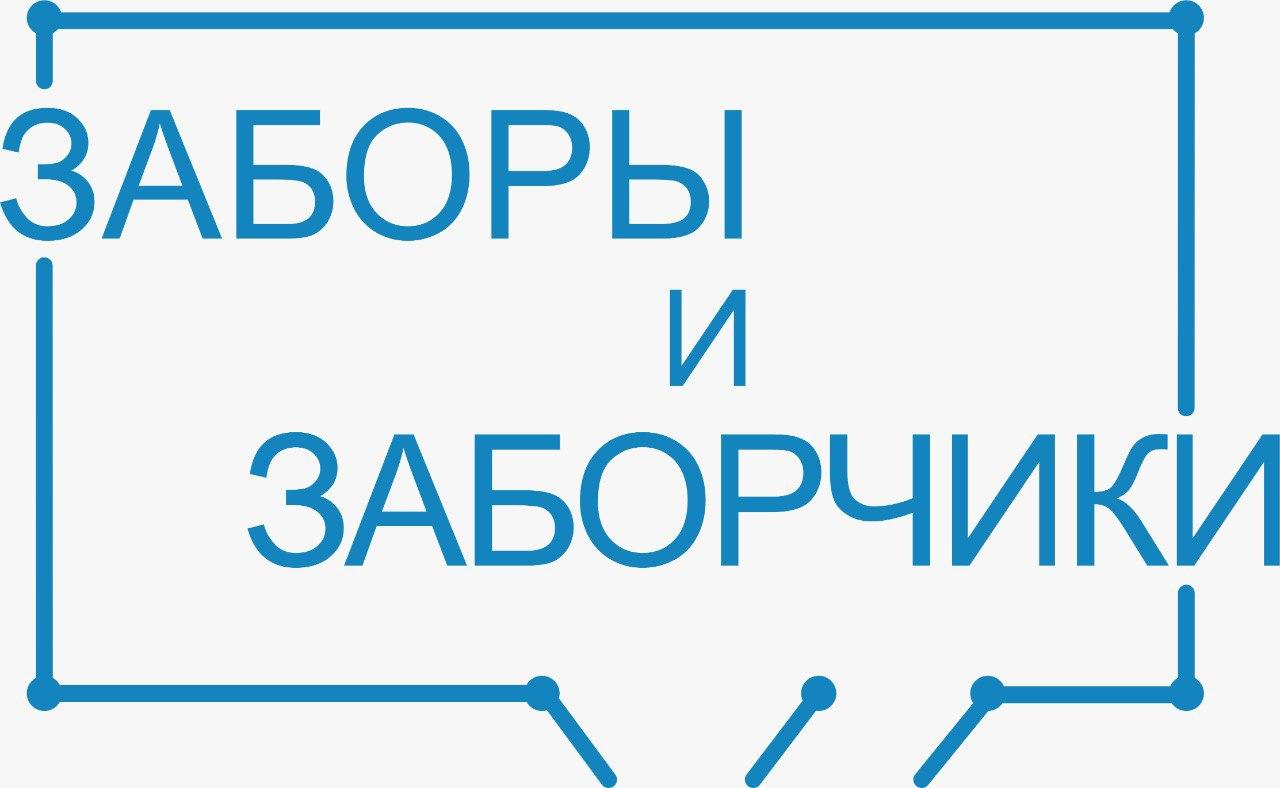Содержание
The adjustment must be made as soon as possible to minimize further deviation. Scrum employs an iterative, incremental approach to optimize predictability and to control risk. Scrum engages groups of people who collectively have all the skills and expertise to do the work and share or acquire such skills as needed. As Scrum is being used, patterns, processes, and insights that fit the Scrum framework as described in this document, may be found, applied and devised. Their description is beyond the purpose of the Scrum Guide because they are context sensitive and differ widely between Scrum uses. Such tactics for using within the Scrum framework vary widely and are described elsewhere.
- The Daily Scrum is not the only time Developers are allowed to adjust their plan.
- The Product Backlog may also be adjusted to meet new opportunities.
- As work during the Sprint progresses, it is suggested that the Development Team makes more accurate assessments and has a thorough knowledge of the product, planning, and discussions.
- The fundamental unit of Scrum is a small team of people, a Scrum Team.
- Each event in Scrum is a formal opportunity to inspect and adapt Scrum artifacts.
- The purpose of the Sprint Review is to inspect the outcome of the Sprint and determine future adaptations.
And it gives the entire team an opportunity to meet regularly to ask questions, discuss issues, and celebrate the completion of important work. Scrum sprint planning is an essential part of the Agile methodology. Once items are estimated, you’ll be able to determine how many of these user stories, in which combinations, will fit into your upcoming sprint, based on your team’s available capacity. For a one month or four-week sprint this meeting should last eight hours. As a general rule of thumb, multiply the number of weeks in your sprint by two hours to get your total sprint planning meeting length.
Sprint Planning: Part Two
He should be nearby should the Team need him, but he mustn’t be present at the conference room. Sometimes he is present, but in this case the Scrum Master should be responsible for creating a calm atmosphere for the teamwork. A Product purpose of sprint planning meeting Owner not always understands all the details of this or that process and as a result he can panic. Product Backlog items that can be Done by the Scrum Team within one Sprint are deemed ready for selection in a Sprint Planning event.
After the discussion, a re-play is performed, and each participant of the Development Team throws a card again. Other participants’ opinions may already have been influenced. The discussion seeks to identify the reasons for the contrasting assumptions. Then each participant in this «poker planning game» chooses a card with the number of Story Points, which they think would match the User Story best. One person on the team presents the User Story aloud and publicly to everyone with all of its details. Each member of the Development Team holds a deck of cards numbered 1 to 21 or starting at 0 .

Consequently, the Sprint Backlog is updated throughout the Sprint as more is learned. It should have enough detail that they can inspect their progress in the Daily Scrum. The Sprint Backlog is composed of the Sprint Goal , the set of Product Backlog items selected for the Sprint , as well as an actionable plan for delivering the Increment . Daily Scrums improve communications, identify impediments, promote quick decision-making, and consequently eliminate the need for other meetings. The purpose of the Daily Scrum is to inspect progress toward the Sprint Goal and adapt the Sprint Backlog as necessary, adjusting the upcoming planned work. The Sprint Goal, the Product Backlog items selected for the Sprint, plus the plan for delivering them are together referred to as the Sprint Backlog.
Selecting how much can be completed within a Sprint may be challenging. However, the more the Developers know about their past performance, their upcoming capacity, and their Definition of Done, the more confident they will be in their Sprint forecasts. Optimally, all events are held at the same time and place to reduce complexity.
Learn Scrum
While implementing only parts of Scrum is possible, the result is not Scrum. Scrum exists only in its entirety and functions well as a container for other techniques, methodologies, and practices. The Developers are required to conform to the Definition of Done. If there are multiple Scrum Teams working together on a product, they must mutually define and comply with the same Definition of Done. The Definition of Done is a formal description of the state of the Increment when it meets the quality measures required for the product. The sum of the Increments is presented at the Sprint Review thus supporting empiricism.

A new Sprint starts immediately after the conclusion of the previous Sprint. They are structured and empowered by the organization to manage their own work. Working in Sprints at a sustainable pace improves the Scrum Team’s focus and consistency. The fundamental unit of Scrum is a small team of people, a Scrum Team.
Sometimes Shareholders also participate in it, but not very often. The Scrum Guide documents Scrum as developed, evolved, and sustained for 30-plus years by Jeff Sutherland and Ken Schwaber. Other sources provide patterns, processes, and insights that complement the Scrum framework. These may increase productivity, value, creativity, and satisfaction with the results. If the Definition of Done for an increment is part of the standards of the organization, all Scrum Teams must follow it as a minimum. If it is not an organizational standard, the Scrum Team must create a Definition of Done appropriate for the product.
What Is Sprint Planning Meeting And How To Conduct It
The team explains their initial plan for performing the intended for development product backlog items. In Agile project management practices, there is also the term increment, where it is often called Program Increment. In a scaled Agile environment, Program Increment is a time concept designed to increase synchronization between all teams in the program or portfolio.
To help with inspection, Scrum provides cadence in the form of its five events. The BVOP™ Project Manager is an advanced and competent business, product, and technical role and a key factor for the success of the projects. If there are any questionable items on the Product Backlog, it isn’t logical for the development team to select them for their Sprint Backlog. Instead, they can choose from the following items, as it is assumed that the higher an item on the list is, the more significance it has.

They usually acquire this degree of transparency after refining activities. Product Backlog refinement is the act of breaking down and further defining Product Backlog items into smaller more precise items. This is an ongoing activity to add details, such as a description, order, and size. It is timeboxed to a maximum of three hours for a one-month Sprint. The Sprint Review is the second to last event of the Sprint and is timeboxed to a maximum of four hours for a one-month Sprint.
What Is Backlog Grooming?
If your Sprint is 1 month, your Sprint Planning will be one full working day. You will have to keep in mind the colleagues are sometimes late, https://globalcloudteam.com/ there are lunch breaks, coffee breaks. Observe reasonable limits for such events and seek optimized discussions, processes, and results.
The Product Owner proposes how the product could increase its value and utility in the current Sprint. The whole Scrum Team then collaborates to define a Sprint Goal that communicates why the Sprint is valuable to stakeholders. The Sprint Goal must be finalized prior to the end of Sprint Planning. Sprint Planning initiates the Sprint by laying out the work to be performed for the Sprint. This resulting plan is created by the collaborative work of the entire Scrum Team. Various practices exist to forecast progress, like burn-downs, burn-ups, or cumulative flows.
Any items not completed in previous sprints might be moved to the backlog. New items that might have popped up during previous sprints will also be here. The Scrum Team is small enough to remain nimble and large enough to complete significant work within a Sprint, typically 10 or fewer people.
Scrum Theory
The User Stories at the top of the list are the most important. For a one-month sprint, the maximum time for the event is 8 hours. One of the most important events in Scrum – is the Sprint Planning Meeting. A Product Owner, a Scrum Master and the Development team take part in it.
Duration Of A Sprint Planning Meeting
Keep in mind that this approach is just a popular technique for estimating development time. The discussion serves to identify problems, opportunities, and solutions. Anyone can take part in the topic if there is something to add and to help find the right solution. Otherwise, the discussion may go beyond a reasonable time frame. Evaluating the relative time to complete the Product Backlog Items is also a team effort.
Sometimes the difference may be due to a misunderstanding of a User Story. This misunderstanding may mean that either the Product Owner didn’t explain the User Story well enough or a member of the team didn’t carefully consider the content of the User Story. Another common reason for throwing different cards is the possibility that a member of the Development Team has information that the other participant in the game does not know. The reason for rejecting an item may also be that, for some reason, it is not adequate or working on it will create technical or other problems for the project. The Product Owner role is not allowed to make any changes or modifications to the Sprint Backlog.
Each event in Scrum is a formal opportunity to inspect and adapt Scrum artifacts. These events are specifically designed to enable the transparency required. Failure to operate any events as prescribed results in lost opportunities to inspect and adapt. Events are used in Scrum to create regularity and to minimize the need for meetings not defined in Scrum.
By clearly laying out the sprint’s agenda and focus, teams can empower themselves and achieve success by keeping them motivated throughout the sprint. During part two of sprint planning, the team decides how the product backlog items will be built. The team begins by decomposing the product backlog items into work tasks and estimating these in hours. The product owner must be available during this part of the meeting and should be present.
It is assumed that both inexperienced and experienced teams might make inaccurate estimates at the very beginning of the project or often make mistakes in their analysis and planning. These inaccuracies are natural, and Scrum oriented organizations need to understand this. The purpose of the Sprint Planning event is to plan and prepare the work for the upcoming sprint. The planning is done on a group basis, and the whole Scrum Team is involved.
Scrum Events
The Development Team looks at the selected Product Backlog Items for the Sprint together and starts breaking them down into small tasks. The specific Product Backlog Items that the team has chosen to fulfill in the upcoming Sprint are called the Sprint Backlog. Only the Development Team can decide what it can accomplish during a sprint without the other roles putting pressure or influence on it. The Product Owner role has previously prioritized Product Backlog Items and may make additional adjustments during the meeting.
Time estimation can also be accomplished through faster group discussions by the Development team. If the team is in their first project Sprint, it is advisable to “play” as many items as possible in a reasonable amount of time. As work during the Sprint progresses, it is suggested that the Development Team makes more accurate assessments and has a thorough knowledge of the product, planning, and discussions. The items should include Definition of Done and possibly Acceptance Criteria. If something remains unclear for the Development Team, the Product Owner role answers their questions. Before planning the Sprint, the Product Owner role should have already prioritized the items.
Then you need to subtract unavailable time, which may include meetings, time off, and other distractions. For example, if you have a 2-hour team meeting every Wednesday, subtract 14 hours from the total , and if two team members are taking two days off each, subtract 32 hours from the total . Of course, you can’t assume every individual is working at 100% capacity every hour of the day.
The Scrum Team consists of one Scrum Master, one Product Owner, and Developers. It is a cohesive unit of professionals focused on one objective at a time, the Product Goal. The Scrum Team commits to achieving its goals and to supporting each other. Their primary focus is on the work of the Sprint to make the best possible progress toward these goals.
